Nowadays when you go to a shoe store, the salespeople always say, "We can make you a pair of custom shoes that fit perfectly!" Many people’s first reaction is: "Really? Isn’t it just changing an insole?" Hold on, this really isn’t a scam; the key lies in that magical device — the 3D foot scanner.
Don’t be fooled by its small size; you just stand on it for a quick scan, and it can “see through” your feet completely.
1. In 10 seconds, figure out exactly what your feet look like
In the past, making shoes relied entirely on the shoemaker’s experience — basically “eyeballing it” and “feeling it with hands.” But you have to know, feet aren’t that simple. Left and right feet are often not exactly the same. Some people have wide forefeet and narrow heels; some have high arches, others almost none at all.
Once the 3D foot scanner steps in, it solves all that.
You stand on it or place your foot on the device for a quick scan, in just 10 seconds:
Foot length, width, height, and instep curvature all come out;
The height and arch of the foot become crystal clear;
Data from both feet can be precisely compared;
Some devices even analyze standing posture and walking gait.
The data is not only accurate but also 3D. Unlike dead data measured with a ruler, this is live data, allowing design software to clearly “see” exactly how your feet are shaped.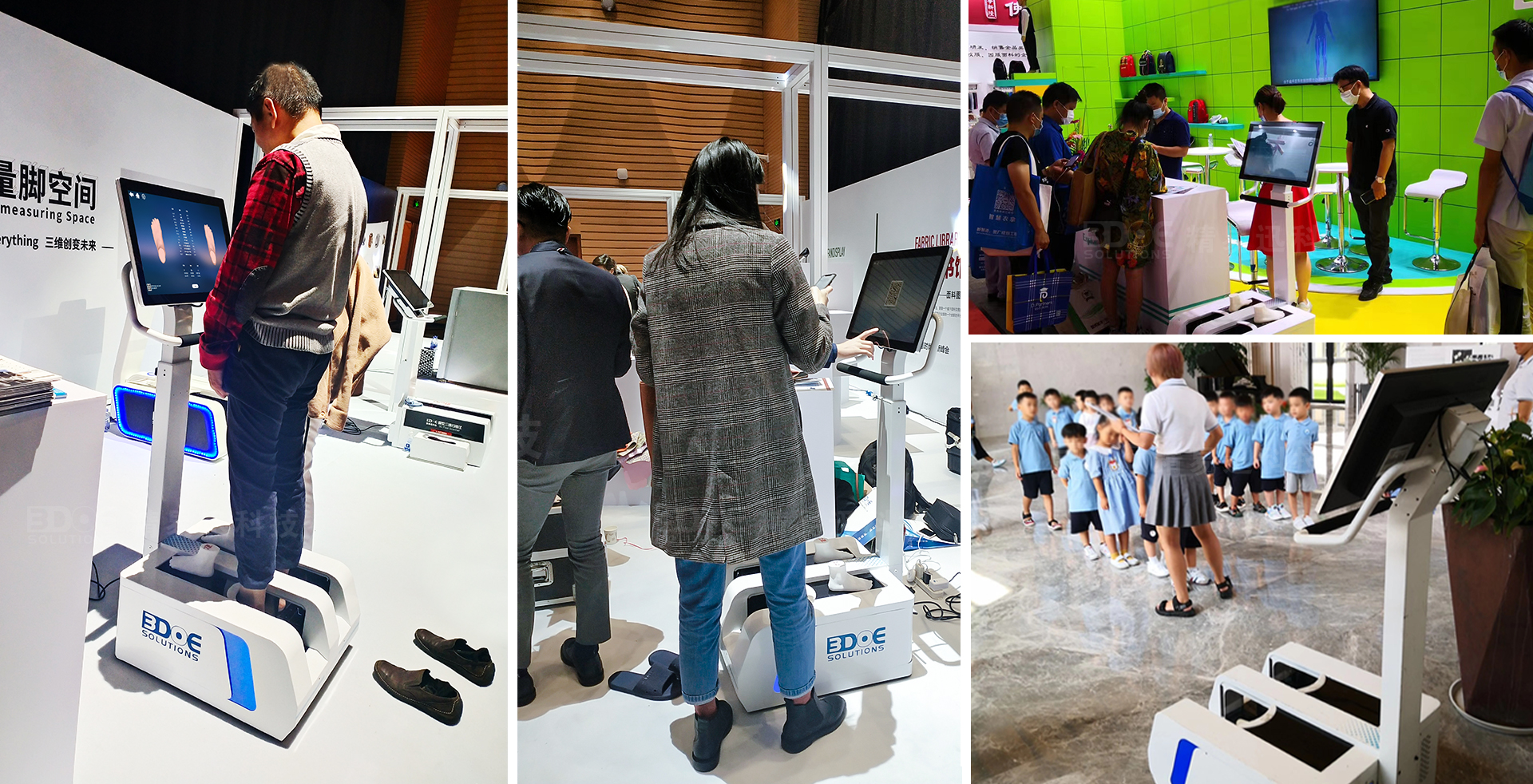
2. Not just making shoes randomly, but “carving a shoe for your foot”
With your foot data ready, the smart modeling software kicks in.
Based on the actual shape of your feet, the system automatically generates a shoe last model — basically the “bone structure” of the shoe. This isn’t some generic shoe size mold, but a model designed entirely for your foot:
Which parts are high, which are low, which are wide, which are narrow;
Whether your toes need extra space;
Whether the instep is tight or loose, and if the shoe upper needs reinforcement;
If you have pronation or supination while walking, stability modules can be added.
In short, it’s custom shoe-making based on your foot measurements, down to the millimeter. Only when you put them on will you know what “truly fitting” means.
3. Insoles, uppers, support structures — all can be “personally customized”
Don’t think the scanner is just for measuring shoe soles; the data can be used in many ways:
Want a breathable, lightweight, protective running shoe? It tells you which parts need soft padding, which need pressure relief;
Need work shoes you can wear all day without tired feet? It designs support structures that fit your foot shape;
Even people with foot deformities, bunions, or hallux valgus — doctors use this device to make medical-grade custom shoes to prevent worsening conditions.
4. Who is suitable for this kind of custom shoes?
People with special foot types: flat feet, high arches, bunions;
Elderly: feet deformities, afraid of falling, walking instability;
Kids: developing feet, early correction to reduce suffering;
Office workers, teachers, doctors: people who stand for long periods and get foot fatigue;
Runners and sports lovers: reduce injuries, protect foot structures;
And also you — anyone who wants shoes that are more comfortable and doesn’t want to suffer from “one-size-fits-all” shoes!

 +86-0755-86131192
+86-0755-86131192 2025-07-25
2025-07-25 Back to list
Back to list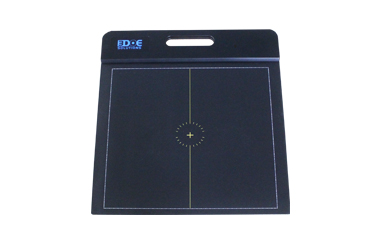

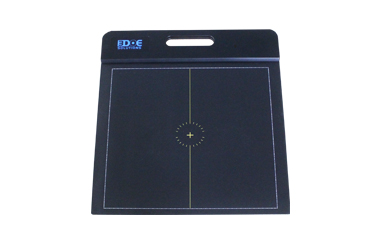
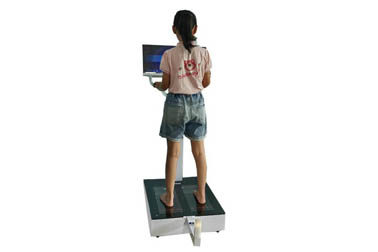
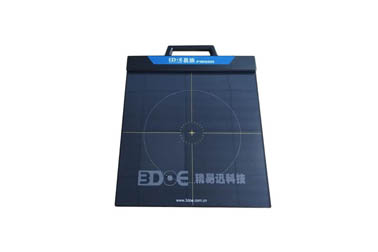
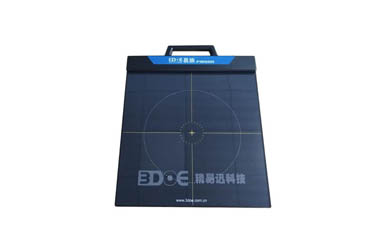



 +86-0755-86131192
+86-0755-86131192